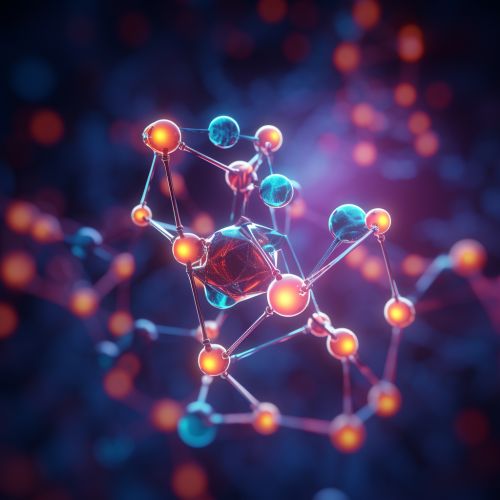Full Configuration Interaction
Introduction
Full Configuration Interaction (FCI) is a computational method used in quantum chemistry to solve the Schrödinger equation. The method is based on the expansion of the wavefunction in terms of Slater determinants, which are antisymmetrized products of single-electron wavefunctions, also known as spin orbitals. The FCI method is considered the "gold standard" for ab initio quantum chemistry calculations as it provides the exact numerical solution for a given molecular Hamiltonian within the Born-Oppenheimer approximation.


Theory
The Full Configuration Interaction method is based on the concept of electron correlation, which refers to the interaction between electrons in a multi-electron system. In FCI, all possible configurations of the electrons are considered, leading to a highly accurate description of the system. This includes both static correlation, which arises from the avoidance of electrons due to the Pauli exclusion principle, and dynamic correlation, which arises from the motion of electrons relative to each other.
The wavefunction in FCI is expressed as a linear combination of all possible Slater determinants. These determinants are formed by distributing the electrons among the molecular orbitals in all possible ways, considering both spatial and spin coordinates. The coefficients of these determinants in the wavefunction are determined by solving the secular determinant resulting from the Hartree-Fock approximation.
Computational Method
In practice, the Full Configuration Interaction method is implemented by constructing and diagonalizing the Hamiltonian matrix in the basis of Slater determinants. The matrix elements are integrals over the spatial and spin coordinates of the electrons, which can be computed using various techniques such as Gaussian quadrature or Monte Carlo integration.
The diagonalization of the Hamiltonian matrix yields the energy eigenvalues and the coefficients of the Slater determinants in the wavefunction. The lowest eigenvalue corresponds to the ground state energy of the system, while the other eigenvalues correspond to the excited states. The corresponding eigenvectors give the coefficients of the Slater determinants in the wavefunction for each state.
Limitations and Approximations
Despite its accuracy, the Full Configuration Interaction method is rarely used in practice due to its computational cost. The number of Slater determinants, and hence the size of the Hamiltonian matrix, grows factorially with the number of electrons and the number of molecular orbitals. This makes the method infeasible for all but the smallest systems.
To overcome this limitation, various approximations to the Full Configuration Interaction method have been developed. These include the Configuration Interaction method, which includes only a subset of the Slater determinants, and the Coupled Cluster method, which expresses the wavefunction as an exponential of a cluster operator.
Applications
The Full Configuration Interaction method has been used to accurately compute the properties of small molecules, such as their energy, geometry, and vibrational frequencies. It has also been used to benchmark other quantum chemistry methods, due to its high accuracy.
In addition to its use in quantum chemistry, the Full Configuration Interaction method has also been applied in other areas of physics, such as nuclear physics and quantum information theory.
